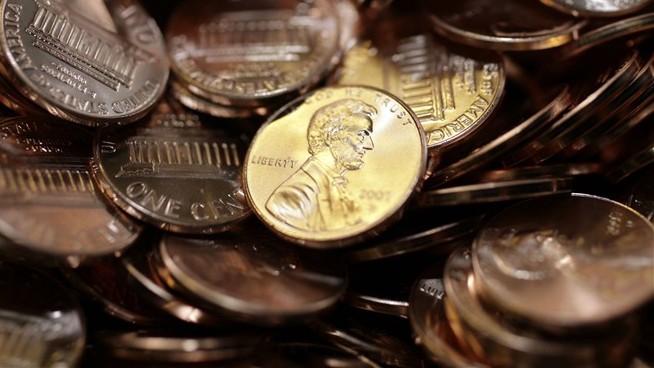The impending discontinuation of the penny is creating significant challenges for retailers and consumers across the United States. The U.S. Treasury Department placed its final order for penny blanks in May 2023, and once these are exhausted—expected in early 2026—penny production will cease entirely. This decision has already led several Federal Reserve locations to stop supplying pennies to banks, prompting businesses to adapt to a new reality in cash transactions.
Many retailers are struggling to manage cash transactions that do not total in increments of five or zero, particularly when customers lack exact change. According to a report by the New York Times, the absence of clear government guidelines on how to transition away from the penny has left many businesses in a precarious position. Retail trade associations, including the National Association of Convenience Stores and the National Grocers Association, have urged Congress to pass legislation outlining specific rules for rounding transactions.
In a letter addressed to Agriculture Secretary Brooke Rollins, these organizations requested “immediate legal guidance from USDA” to clarify that retail food stores authorized under the Supplemental Nutrition Assistance Program (SNAP) would not violate equal treatment provisions by rounding cash transactions to the nearest nickel. Without federal direction, some retailers are taking matters into their own hands.
Innovative Approaches to Adaptation
For instance, Kwik Trip, a convenience store chain operating across the Midwest, has begun rounding cash purchases to the nearest nickel at its approximately 850 locations. A representative from Kwik Trip explained to Wisconsin Public Radio that local banks have reported a depletion of penny supplies. “Given that, we have to make a pivot,” the representative noted, emphasizing the importance of cash payments as 17% of their customers still prefer to pay with cash.
Another retailer, Sheetz, based in Pennsylvania, is employing a different strategy. The company is encouraging customers to exchange spare pennies for rewards, allowing them to “cash in” one dollar’s worth of pennies for a self-serve drink. This approach not only helps customers clear out their loose change but also maintains customer engagement during the transition period.
As the U.S. moves toward a future without pennies, the need for clear guidelines and effective communication from federal authorities becomes increasingly critical. Retailers are calling for swift action to mitigate confusion and maintain smooth operations as they navigate this significant change in currency production. The next few years will likely see a variety of creative solutions as businesses adapt to the new cash handling landscape.







